Vicki Sando, a parent at P.S. 41 in Greenwich Village, was ahead of her time. Back in 2003 she became an early advocate for more green spaces in cities when she noticed that students were studying plants and insects in the classroom, but had no actual plants to study. Recognizing the need for more green spaces, she created a garden next to the P.S. 41 cafeteria, which not only added some color but also gave children access to hands-on experience with nature.
Not willing to stop there, Sando began exploring the possibility of creating a green roof in 2006. After a permitting and design process that took years, and with the support of the PTA, Jonathan Rose Companies, Manhattan Borough President Scott Stringer, Speaker Christine Quinn, and many others, construction for the roof of P.S. 41 began in 2010, and finally opened to classes this year. Known as NYC GELL, the green roof is the first of its kind, though other public schools have green roofs of varying types.
GELL, which stands for Greenroof Environmental Literacy Laboratory, not only adds natural beauty to the Greenwich Village school building, but also improves building efficiency, and will add to the student hands-on learning experiences with the environment. Sando believes that creating green space in cities is critical, even when finding that space takes some creativity.
“Because more and more people will be living in cities, I want to teach the students how can you improve the ecosystem and make it better. We want as much green space as possible and it doesn’t matter how you get it,” Sando said.
As it turns out, green isn’t cheap. NYC GELL cost about $1.8 million, a sum that Sando thinks is completely worth it. “Through environmental and educational benefits, over time it will be cost effective. City properties are ideally suited for this and yes, it’s a time commitment but I would hope more schools will do this.”
The benefits of NYC GELL are many and varied. In terms of the environment, it has become a habitat for insects and birds by introducing native New York plants back into the environment. The roof cools the building, easing power use, and buffers storm water runoff during heavy rains.
Perhaps, however, the most exciting use of the green roof is that for which it was intended: hands on education. The students map the roof when studying perimeters and maps, they study how different types of soil affects plant growth, and they study the insects that are attracted to the roof as well. The roof features a closed-loop solar panel system and a wind turbine, to teach students about renewable energy.
The students can also use the space to put on dance and music performances, or just to read outside. Roof visits are managed through a website where teachers can reserve time on the roof for their classes, and choose from curriculum suggestions.
The school’s teachers were a big part of the design process of the roof, weighing in which plants will best fit their students and teaching methods. (Plantings include milkweed, lavender, herbs, sage, thyme, and yarrow.) The roof has also created an event space for the school to host parties and dinners for sustainability coordinators and for the people who aided and supported the creation of NYC GELL.
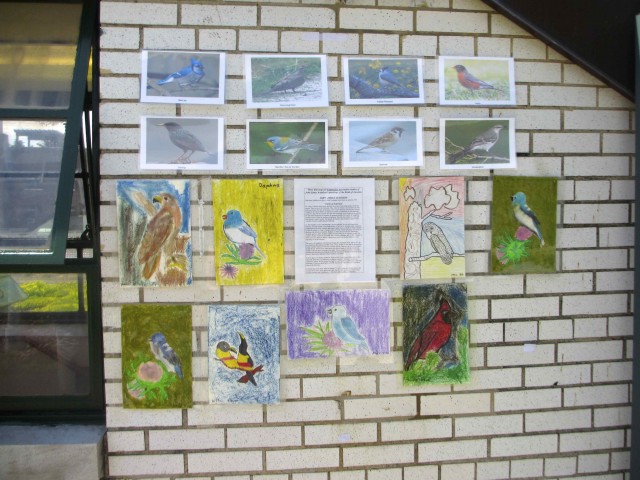
As an extensive green roof, NYC GELL has shallow soil, so it uses mainly sedums and drought resistant plants, pre-grown in Connecticut. This allows for an easier construction process because the infrastructure does not need to be retrofitted, and the plants require less maintenance. The school could not afford to rebuild the entire roof with walkways, which would have required the ability to support a new roof membrane.
The entire roof space functions as a green roof, aiding the environmental benefits, even if faculty and students can only use a sectioned off area. There are no official calculations of benefits for having the roof in place, but they are tracking heating and cooling data to understand the long term cost effectiveness of the roof. According to Sando, the greenroof has buffered about 157,000 gallons of storm water over a year.
Along with the green roof, Sando’s original garden remains an active environmental part of the school, growing herbs, tomatoes, cucumbers, and peas, among other plants. These plants and herbs are harvested during the summer months for the food pantry at St. Francis Xavier Mission.
The garden also allows for the school’s Urban Eco Club to have a place to learn about the ecosystem. Using a rain barrel, students learn about the importance of conserving water and reusing stormwater. The students in the club also learned how to make a garden out of plastic soda bottles, milk jugs, and orange juice containers by cutting a portion of the bottle put in soil with the seeds, poking holes in the bottom for drainage, and hanging up the bottles on a fence to allow for growth. While the students cannot take these creations home, they can re-create these gardens at home with their families.
Sando’s passion has caught on. With the release of reports including PlaNYC in 2007, NYC Green Infrastructure in 2010, and the most recent “A Stronger, More Resilient New York” in June of 2013 there has been a strong focus on the importance of green infrastructure, especially green roofs.
“My passion is getting kids interested in all of this. They are being handed a huge mess and it is our responsibility to give them the tools and make them aware of these concepts. These are big ideas but planting those seeds, just the awareness, kids have such wild imaginations for the solutions to these problems. You don’t want to scare them, you want to make them feel empowered by asking them what they can do to fix it,” said Sando.
If you want to learn more about the P.S. 41 GELL click here.
Image Sources: Pam Seltzer and Vicki Sando
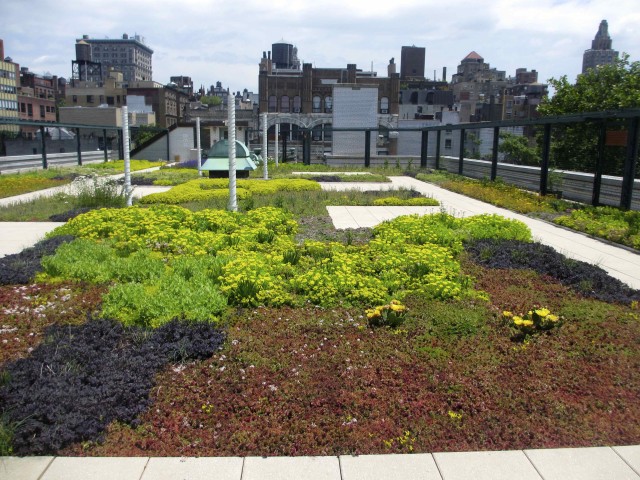

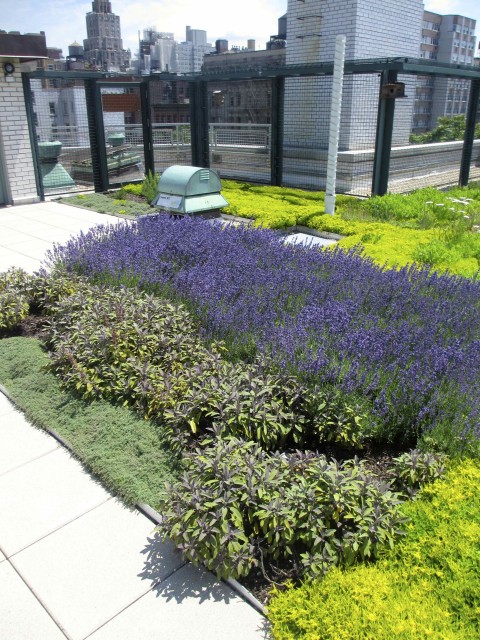
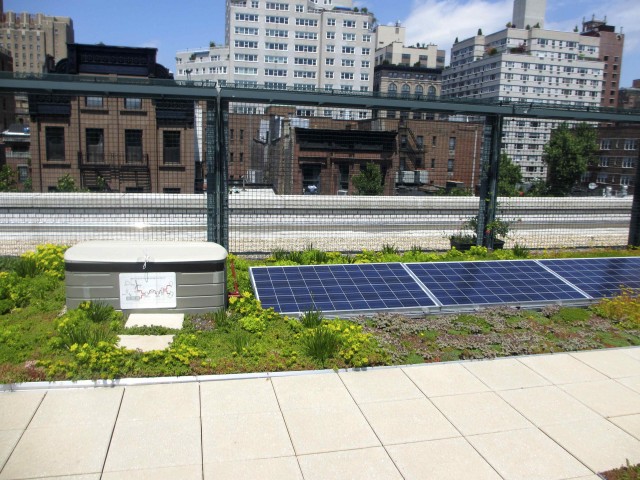
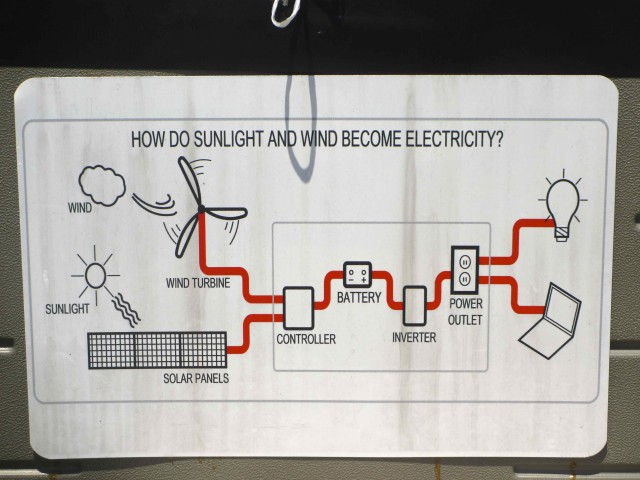

1 Comment
Comments are closed.